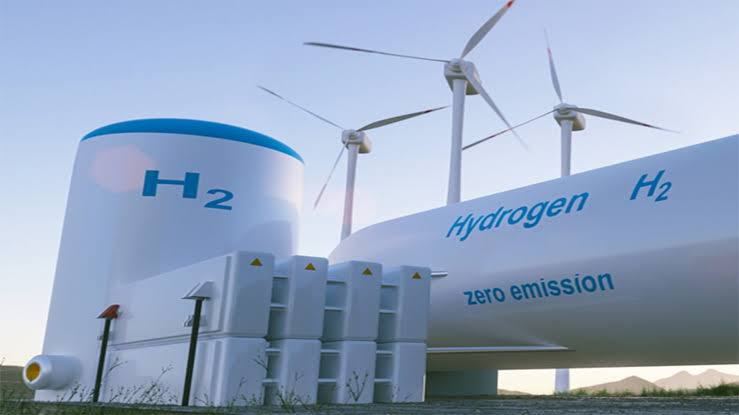
Palm Hills allocates EGP 30 m for backing Egyptian athletes
Palm Hills, Egypt’s leading real estate developer, allocated EGP 30 million for supporting Egyptian athletes under ...

Egypt has opened the door to $40 billion of investment in green hydrogen and renewable technology by signing seven memoranda of understanding with international developers in the fields.
The projects located in the Suez Canal Economic Zone will see an investment of around $12 billion at an initial pilot phase, followed by a further $29 billion, according to Egyptian Planning Minister Hala el-Said.
The move follows Egypt’s Petroleum Minister, Tarek El Molla, saying the country planned for renewables to make up 60% of its energy mix by 2030. Its location in the global “sun belt” means it averages 9-11 hours of sunshine a day, with few cloudy days, giving it high potential for harnessing renewables for hydrogen production.
In August 2023, the Egyptian Cabinet has approved the establishment of the National Council for Green Hydrogen and its Derivatives to stimulate green investment, as part of the country’s plan to promote sustainable social and economic development.
The council – under Prime Minister Moustafa Madbouli – also aims to ensure the country’s regional and international competitiveness.
The council is also tasked with monitoring the implementation of the country’s National Strategy for Green Hydrogen and working to overcome obstacles facing green investment.
Egypt’s interest in green hydrogen was demonstrated by the announcement of Egypt’s Green Hydrogen Strategy during COP27, which was developed in collaboration with the European Bank for Reconstruction and Development (EBRD) and the Arab Union for Sustainable Development and Environment (AUSDE).
The hydrogen strategy split the State’s goal for the sector into three stages; the experimental stage (starting in 2022 or 2023), green hydrogen expansions by 2030, and full implementation and beyond by 2040, according to a report issued by the Cabinet’s Information and Decision Support Center – under the title of Egyptian Path of Investments in Green Hydrogen – in April 2023.
The strategy estimated that the hydrogen economy would rise sevenfold by 2050, giving Egypt a substantial share of the international market, an increase in GDP of $ 10–18 billion, and more than 100,000 jobs.
Under the strategy, Egypt hopes to capture 5% of the international hydrogen market by 2030 and 8% by 2040 through establishing an international export center for hydrogen and its derivatives to achieve energy security and accomplish the sustainable development goals (SDGs) between 2030 and 2040.
Egypt’s green hydrogen 6 project plans currently amount to almost 12 GW, equivalent to more than 1.57 million tons of green hydrogen. If such plans were fully implemented, Egypt’s capacity would expand to provide one-sixth of the 10 million tons of green hydrogen the EU plans to import by 2030.
Egypt’s first green hydrogen facility lies in the economic zone of the Suez Canal. It is also the first integrated green hydrogen plant in Africa. Green Hydrogen will be used for green ammonia production to boost Egyptian exports and advance its decarbonization. Once fully operational, it is expected to save about 130,000 CO2 emissions annually.
The European Bank for Reconstruction and Development’s provides financing to acquire and construct a 100-MW electrolyser facility to be powered by renewable energy. Upon being fully developed, the facility will deliver up to 15,000 tons of green hydrogen each year. This, in turn, will be used as a source of green ammonia to be sold on both local and international markets. It is important to know the fact that ammonia production is energy-intensive and responsible for around 1.8 percent of global carbon dioxide (CO2 ) emissions despite its essential nature as the building block for nitrogen fertilizers, a critical crop input that provides food to 40% of the world’s population.
Decreasing the amount of CO2 produced during the production process is, therefore, a pivotal step in serving the international community to achieve its net zero targets by 2050. Using green hydrogen, brought out by means of clean energy, is seen as the essential step to achieve sustainable development goals (SDGs).
Palm Hills, Egypt’s leading real estate developer, allocated EGP 30 million for supporting Egyptian athletes under ...
Extreme weather events were the primary drivers in 18 countries where over 77 million people faced ...
Over 100 SDG-aligned projects with a total investment scope of $ 50 billion have been presented during the ...


اترك تعليقا